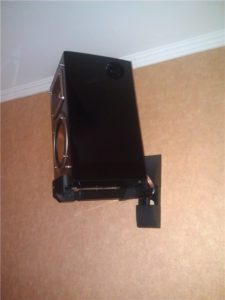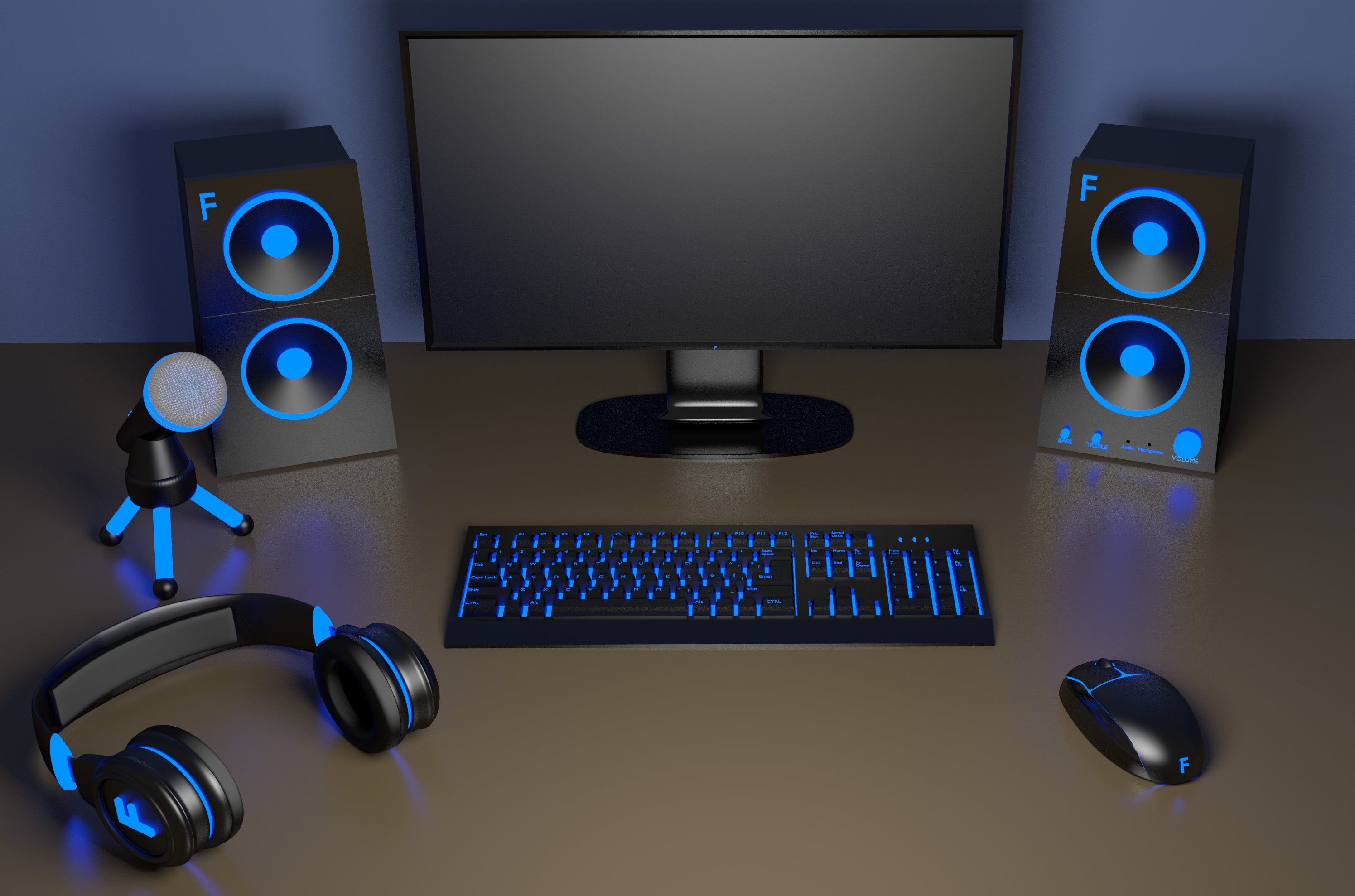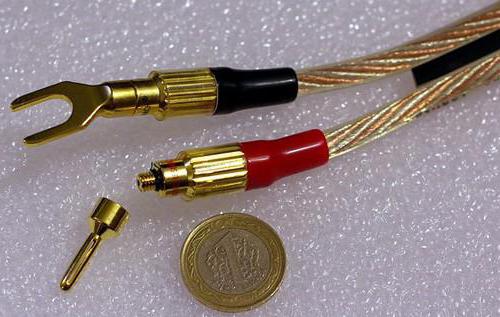How to hang speakers on the wall
When we listen to music or watch movies, we want the sound to be spacious and of high quality. This depends not only on the characteristics of the speakers themselves, but also on the method of their placement and mounting. We will talk about the last important element - fastening - in our article.

The content of the article
How to hang speakers on the wall with your own hands
Wall mounting has a number of advantages. Speakers can be installed to suit your taste and installation elements can be selected so that they become part of the system design. Before starting installation work, it is necessary to draw up a drawing of the elements of the future structure. A suitable diagram can be found on the Internet.
Then, according to the selected model, purchase the necessary parts, provide the tools necessary for the work (welding machine, drill, etc.) and fasteners (bolts, nuts, washers, etc.), and prepare the adhesive mixture.
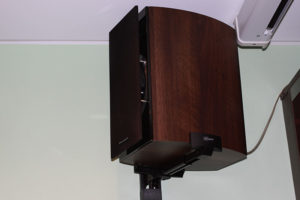
Which speaker mount to choose?
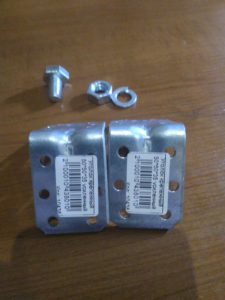 Speaker systems vary in weight, power and size. In accordance with these parameters, you should choose the installation method. Depending on your technical skills, you can purchase prefabricated parts or make your own mount. You can find various brackets and stands on sale; their characteristics are selected according to the weight and size of the equipment. The price varies: inexpensive fasteners from Chinese manufacturers are suitable for light and small speakers, while expensive options can withstand weights of up to 15 kg or more. Industrial fasteners will not cause problems during installation. It is easy to install and adjust to suit the size of your audio equipment. However, its purchase can significantly hit your pocket. Before starting work, you should decide on the fastening method:
Speaker systems vary in weight, power and size. In accordance with these parameters, you should choose the installation method. Depending on your technical skills, you can purchase prefabricated parts or make your own mount. You can find various brackets and stands on sale; their characteristics are selected according to the weight and size of the equipment. The price varies: inexpensive fasteners from Chinese manufacturers are suitable for light and small speakers, while expensive options can withstand weights of up to 15 kg or more. Industrial fasteners will not cause problems during installation. It is easy to install and adjust to suit the size of your audio equipment. However, its purchase can significantly hit your pocket. Before starting work, you should decide on the fastening method:
- Using brackets.
- On hinges.
- On screws.
- By means of a stand.
IMPORTANT. The sound parameters will depend on the chosen method. Correct installation will provide high quality sound and excellent audibility.
DIY wall speaker bracket
The advantage of this method is the ability to make fasteners to suit your needs. This is a reliable and durable method of mounting acoustics, convenient in small rooms.
Disadvantage - difficulties may arise for an inexperienced user (using welding, etc.). In many cases, you have to drill holes in the speaker housing. In the category up to 5 kilograms, a lightweight design will be sufficient.
To work you will need:
- metal corners (as an option, collapsible door hinges);
- anchor bolts (or screws, self-tapping screws);
- Chipboard.
ON A NOTE. It is not necessary to use a shelf made of chipboard; however, it creates additional rigidity in fixing the equipment.
Corners are sold in hardware stores and are selected according to the length of the speaker. We select the size of the chipboard to match the dimensions of the speakers. If necessary, we prepare the corners: adjusting them to size, grinding, etc. We mark holes on the metal parts and in the wall and drill them. We tighten the prepared corners, then, if desired, install a shelf on them and screw it on.
ATTENTION.To ensure stability and rigidity of the structure, use anchor bolts.
When using hinges, you will need 2 parts for each column. The side with the recess is attached to the wall, the opposite side with the pin is connected to the equipment. To prevent sound from resonating, it is necessary to leave a gap between the wall and the acoustics (up to 40 cm).
The speakers themselves can be fixed in several ways:
- an additional corner located on top, on the one hand, it is screwed to the device body, on the other hand, it is screwed to the partition;
- using ropes (or other elastic elements) that are attached to the wall;
- on an adhesive basis, fixing the acoustics to the shelf.
IMPORTANT. Speakers are usually placed slightly tilted forward and upside down. In this case, the sound propagates towards the listeners, and not towards the ceiling.
Heavy products will require a reinforced structure. We select four metal pipes (two for the wall and two for the floor) for each column and connect them by welding to each other so that they form the shape of the letter “g”. There are two options for connecting to the wall:
- anchor bolts;
- cementing.
In the first case, we proceed according to the previously indicated scheme. In the second option, fairly deep and large-diameter holes are drilled in the wall, into which we insert pipes and fill them with cement (or lead). We connect the legs of the structure to the floor using cement mortar. You should wait until the mixture used hardens. You can screw a chipboard shelf on top. If desired, we paint the resulting product. Acoustics can be recorded using one of the previously mentioned methods.
